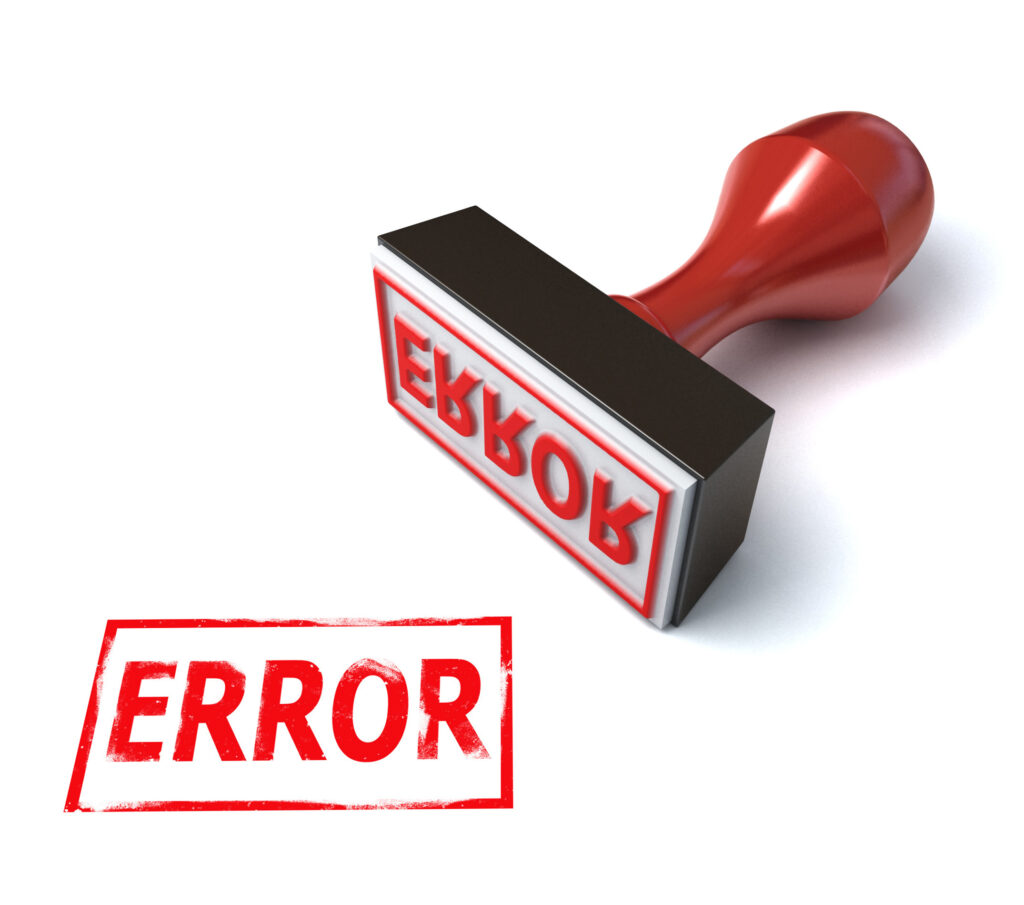You’ve worked long and hard on your resume – you feel certain it represents you effectively. You send it out and eagerly await the responses …. and hear nothing.
The problem might not be your resume content – it might be your file format.
Of the resumes we receive to review each day, 10-20% are not saved as Microsoft Word documents. This is the most common resume mistake we see and it’s job search suicide!
99% of the people who will look at your resume online will view it either as a Word document or a text file. (A text file is a document stripped of all formatting and a Word document can easily be converted to text-only).
If they receive your resume in another format, they won’t be able to open it – and unlike me, they won’t write and ask you to resend as a Word file. They’ll just roll their eyes and move on to the next resume.
So avoid this common resume mistake at all costs. Don’t send your resume as a jpeg. Don’t send it as a Microsoft Works document. Don’t send it as a Pages file. Don’t send it as a Photoshop file.
Create your resume in Microsoft Word and send it as a .doc file. Please note that if you have Office 2007 on your computer, the default setting for saving documents will be Microsoft’s new format which is .docx.
You must override this to make sure that everyone can open your resume, because earlier versions of Word cannot handle this new file format. (A true stroke of genius from Microsoft!) Simply choose ‘save as’ and then select .doc from the drop down menu of options.
I Don’t Have Microsoft Word
If you don’t have Microsoft Word installed and can’t afford to purchase it, then save your resume as an .rtf file. RTF stands for rich text file and your resume will open in Word if you save it in this format.
The only thing to be aware of is that fonts and formatting do not always travel well in this format, so keep your resume clean and simple, and only use either Arial or Times New Roman, fonts which are the same across all platforms and software versions.
What About PDFs?
Everyone can open PDFs, right?
True. But sending your resume as a PDF is a bad idea because many companies upload resumes into an online database, and those databases generally cannot read PDF files. So while they’ll be able to open and read your resume when you send it, they won’t be able to add you to their database and search for you should another opportunity arise.
Should I Just Stick to Plain Text?
I recommend creating a plain text version of your resume and sending that along with the Word version when applying by email. This will ensure that any system employed by the company can store and search your resume. If they want to use the Word version they can. If their system doesn’t accept Word versions, they can use the text-only file.
To create a text-only version of your resume, simply select ‘plain text – .txt’ from the ‘save as’ menu in Microsoft Word. Once your resume has been saved as a text file, open it up and fix any weird formatting issues that have arisen. Remember, when working in text only, you cannot use any menu commands, but you can use anything on your keyboard. So you can use asterisks in place of bullet points for example, or use dashes to underline an important section of text, or create breaks between sections.
If you haven’t been doing it up until now, sending your resume in .doc and .txt formats will immediately improve your response rate by ensuring that every recipient can open, read and store your resume.


Comments are closed.